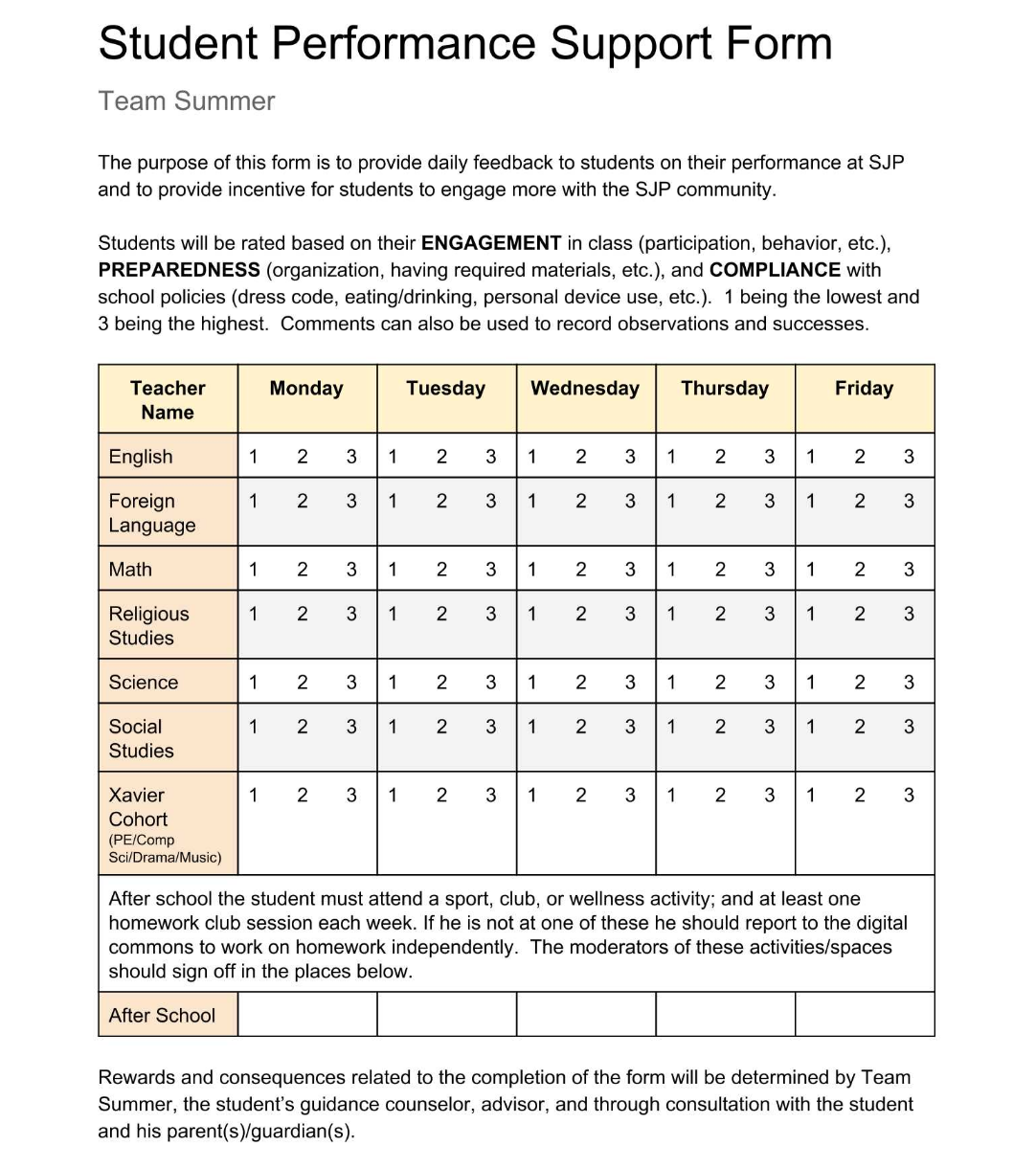Editor note: This is a guest post written by educator Deanna Keevan about how her school is getting behavioral feedback in Showbie.
When our middle school opened last year we decided to use Showbie as a primary application for distributing and collecting work in the classroom. The program was easy to learn, flexible for each course’s use, and an easy medium for giving students feedback in an organized location. After the first year of using the program, I cannot imagine operating my classroom without being able to easily communicate and share with my students and fellow teachers. As the teaching team became more comfortable with the program, we realized that the options for teacher collaboration that Showbie offered (even before the new Groups feature was released) had the potential to help with other documentation/paperwork facets of teaching.
About mid-way through the year my teaching team was confronted with a puzzle:
How can we, as a group, record student behavior in a way that could not be lost or falsified that could be easily accessed by the student, parents and teachers?
If we set up a class designated for ‘Student Support’ we could set a weekly assignment which would contain a feedback document for the teachers to annotate.
Our answer was Showbie. We figured out that if we set up a class designated for ‘Student Support’ we could set a weekly assignment which would contain a feedback document for the teachers to annotate. This document itself was generic and confidentially shared with any student included in the support class.

The idea was that after each class the student would approach their teacher and ask to have their form filled out. In response, the teacher would open up their own iPad and have a conversation about how the day went while entering the score & notes for the day into the document (see below).

Once the teacher saved their annotations, the information would update across accounts, compiling all feedback into one document for the week. Then, after several days/weeks we would have a compiled record of quantitative data backed by face-to-face dialogue to use when giving each student tailored feedback in the support program.
The benefits we saw:
- No paper to lose or crumple.
- A reliable record with feedback and explanations across several weeks.
- Everything is in one place and accessible by parents, students, and teachers immediately.
- Added flexibility to continue the dialogue and add additional notes after one-on-one chat.
- A chance to empower students to take initiative in reaching out to teacher.


